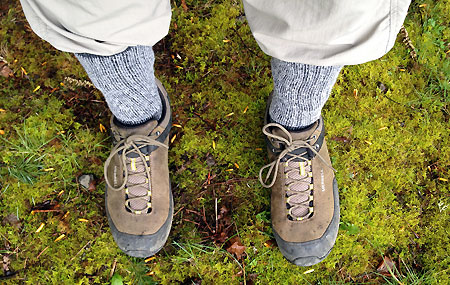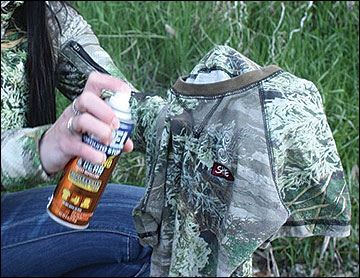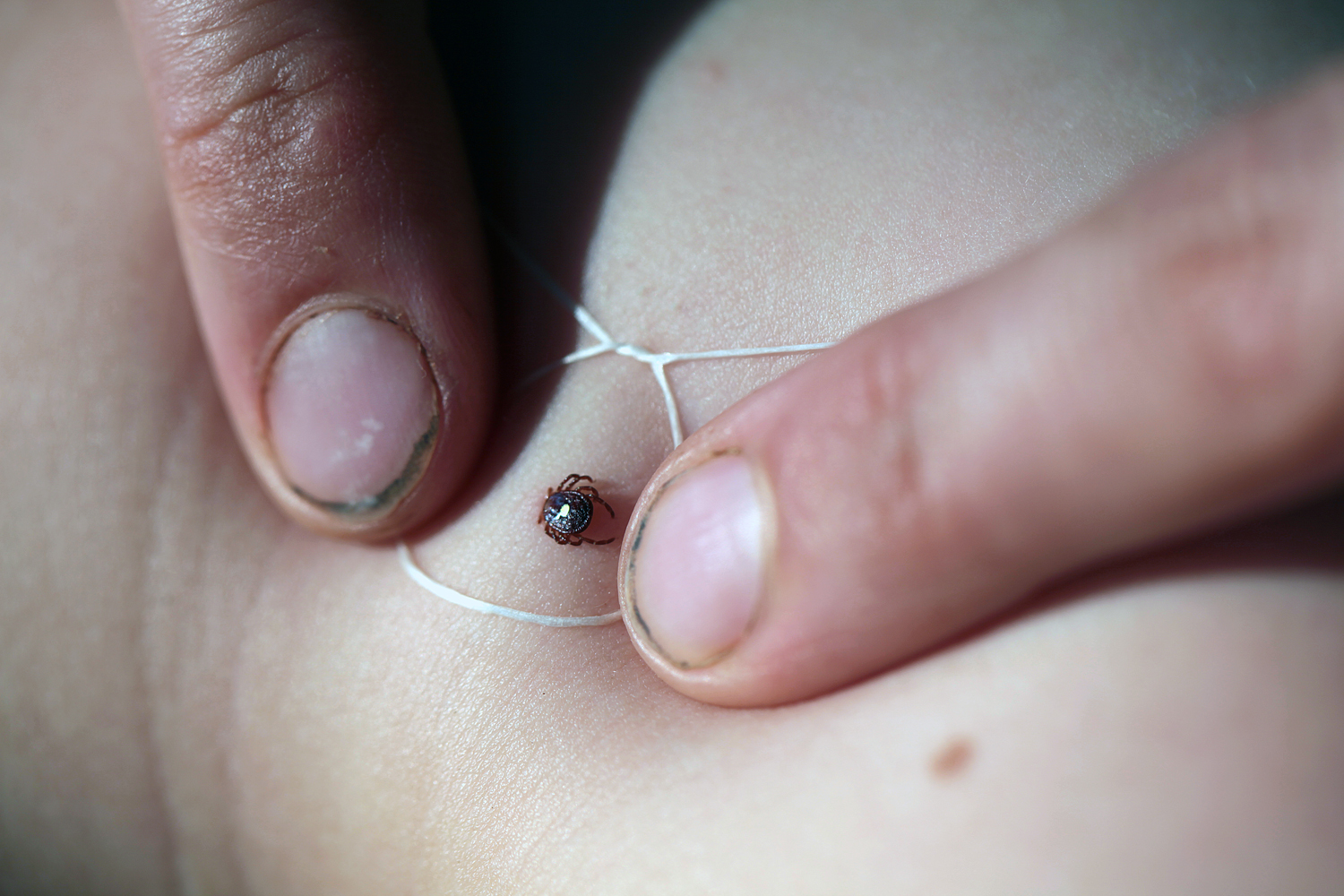Simple Steps for Tick Protection
Protection
Preventing bites from occurring as well as removing ticks from the skin as quickly as possible are the best ways to minimize the transmission of Lyme disease. The first step is to be aware of their habitat and take simple precautions in order to minimize exposure. This will vary from location to location as different species of tick thrive in different geographical areas. However, knowing where risk areas are will help to establish appropriate preventive measures.
Clothing
One of the best ways to protect against a tick bite is to cover the skin when in areas where they may be present. Wear long pants, shoes and socks, long sleeve shirt and keep hair up or beneath a hat. This alone will prevent the vast majority of bites that occur on an annual basis.
Repellents
Insect repellents don’t always work against ticks because they are not insects. Ticks are arachnids and come from the spider family, and many repellents do not contain ingredients that ward-off these critters. Make sure that you choose a product that is specifically designed to keep ticks at bay. Keep in mind that repellents should never be used as the single way protect against a bite as well. However, they are particularly useful in conjunction with wearing appropriate clothing.
Inspection and Removal
Ticks range in size from small to minuscule, and they can be very hard to detect. Some ticks don’t cause any pain when biting, and this plays a big role in their ability to transmit Lyme disease. However, there is a consensus out there that it can take up to 24 hours for the disease to spread from the tick to a human. This is one of the reasons that it is so important to thoroughly inspect the skin of anyone who may have been exposed to ticks. It is also important to inspect pets because ticks can jump from animals to humans.
Removing ticks from clothing is easy. Simply put them in a hot dryer for a full cycle and they will die off. However, removing them from the skin requires a lot more care and attention, because ticks bite through the skin with sharp, barbed mouths. The best and most common advice is to try and pull the tick straight up without twisting it.
You want to get underneath the tick as close to the skin as possible and pull straight up. You also want to avoid smashing the tick during the process as this can lead to the spread of disease. Using a special tick-removal tool or a pair of tweezers that has fine points are the best options. Consider having them on hand or in your survival kit if you are in an area where ticks are common.
Remember that prevention and inspection can significantly reduce the chances of becoming infected with Lyme disease. A good inspection will help to identify bites and remove the tick before the disease is spread as well. This may seem like a tedious process, but it is necessary in order to avoid a whole host of health problems that are associated with Lyme disease. Be prepared, be careful and be vigilant, and you can minimize the chances of becoming a victim.
More Articles From This SIte
Pages:
- 1
- 2
















